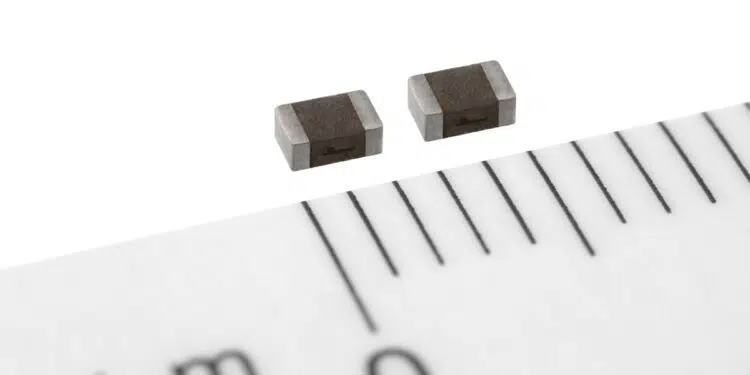TDK Corporation has developed a series of thin-film metal power inductors for automotive power circuits. The new TFM201210ALMA inductors feature a mounting area downsized approximately 22 % from TDK’s conventional product, TFM201610ALMA (2.0 mm (L) x 1.6 mm (W) x 1.0 mm (H)). Mass production will begin in August 2021.
Demand has recently increased in ECU mounting for the electrification of various automotive controlling functions, autonomous driving, information communication and other purposes. Downsized inductors for power circuits contribute to space-saving in a mounting substrate, at a time when quick advances in ADAS performance increase the number of components typically used in system architectures.
In addition to its compact dimension of 2.0 mm (L) x 1.25 mm (W), this series uses the TDK proprietary metallic magnetic material as its core material. The thin-film inductors support a wide range of operating temperatures from -55 °C to +150 °C, the highest level in the industry*. Moreover, it features increased robustness against mechanical stress, such as vibrations and shocks due to the resin electrode structure.
In addition to the new items, TFM series includes a lineup of products with a rated voltage of 40 V, allowing use on an automotive power circuit side directly connected with a 12 V battery.
***Source: TDK, as of July 2021
Main applications
- Automotive camera module
- Communication module for V2X
Main features and benefits
- A compact size of 2.0 mm (L) x 1.25 mm (W) x 1.0 mm (H) to facilitate space saving
- Supporting an operation temperature range between –55 °C and +150 °C (including self-heating)
- Increased robustness against mechanical stress due to the resin electrode structure and thermal shocks
Key data
































